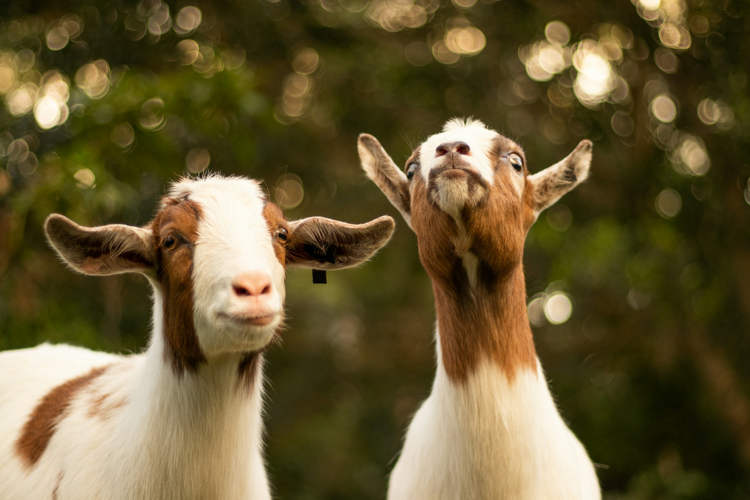When you’re a deadly martial arts expert, traditional dating just doesn’t cut it, so you have to take special measures to find your soul mate. In the case of sisters Xiao Lin (22) and Xiao Yin (21) we’re talking about a martial arts tournament for suitors.
The two young sisters, from Foushan, East China, said they’ve tried dating agencies, but the men they met were too weak, and they could easily beat them. Since they want their special half to be stronger than them, they decided to bring back an ancient tradition called Bi Wu Zhao Qin – a tournament in which the warrior princesses of old found their men.
The three-day tournament will take place in their home town, and will have challengers compete in an archery event, carry weights over sharp bamboo spears, and finally, beat one of the sisters in full contact combat. I take it this isn’t a challenge for gentlemen…
The two kung fu sisters will give their opponent the chance to choose between open hand combat and any weapon, but they warn everyone that they won’t be holding back: “If they can’t beat us they aren’t worthy”, said Xiao Lin. Only after they’ve beaten one of the sisters can the suitors take off their masks to see the face of the one they’re going to marry.
A combat tournament for a girl’s hand in marriage sounds pretty honorable, even fairytale-like, but in this modern day, I doubt too many suitors will go through these challenges for a girl whose face they can’t even see.
via Metro.co.uk





















